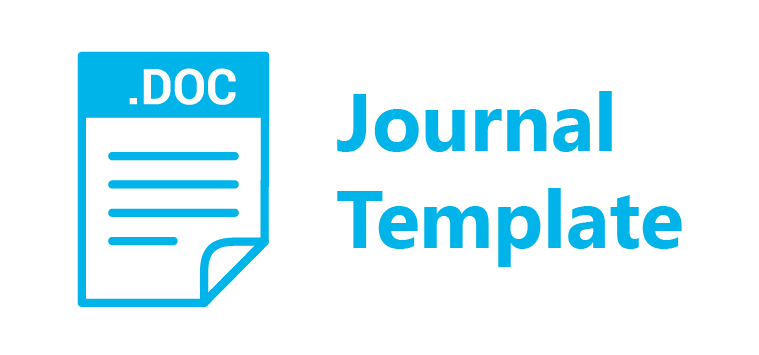Hop-Count Aware Wireless Body Area Network for Efficient Data Transmission
DOI:
https://doi.org/10.35806/ijoced.v4i1.248Keywords:
Buffer traffic state, cluster, hop-count, sink, TDMA, WBANAbstract
This work focuses on the clustering in Wireless Body Area Network (WBAN). Recently, it was found that less attention was given to Line-of-Sight (LoS) and Non-Line-of-Sight (NLoS) clustering in WBAN. Past works on LoS clustering WBAN consider the problem of enhancing the network throughput and end-to-end delay of the network. However, the problem of necessary hop count for packet transmission has not been considered. The non-consideration of necessary nodes hop count degrades the performance of cluster-based WBAN as throughput of the network is reduced in addition to high end-to-end delay. This work develops a hop count aware WBAN for enhancing the performance of body nodes called improved Dual Sink Approach using Clustering in Body Area Network (iDSCB). The simulation results depicted that the hop distance criterion of iDCSB improved the performance of WBAN in terms of end-to-end delay and throughput by 3.16% and 6.59%, respectively.
References
Ayatollahitafti, V., Ngadi, M. A., Sharif, J. M., & Abdullahi, M. (2016). An efficient next hop selection algorithm for multi-hop body area networks. PloS one, 11(1).
Bouldjadj, S., & Aliouat, Z. (2020). High Throughput and Thermal Aware Routing protocol (HTTRP) for wireless body area networks. International Information and Engineering Technology Association, 25, 41-48.
Ha, I. (2016). Even energy consumption and backside routing: An improved routing protocol for effective data transmission in wireless body area networks. International Journal of Distributed Sensor Networks, 12(7).
Ibrahim, A., & Mahmood, D. (2019). Designing Insistence aware medium access Control protocol and energy conscious Routing in quality- of –service Guaranteed wireless body area Network. International Journal of Distributed Sensor Networks, 15(1).
Javaid, N. A. (2015). iM-SIMPLE: iMproved stable increased-throughput multi-hop link efficient routing protocol for Wireless Body Area Networks. Computers in Human Behavior, 51, 1003-1011.
Javaid, N., Abbas, Z., & Farid, M. (2013). A New Energy- Efficient Routing protocol for Wireless Body Area Sensor Networks. Procedia communication, 97, 224-231.
Karunanithy, K., & Velusamy, B. (2012). Edge device based efficient data collection in smart health monitoring system using wireless body area network. Biomedical signal processing and control, 72, 103280.
Raja, K. S., & Kiruthika, U. (2020). Secure and Reliable Data Transmission in Wireless Body Area Networks: An Approach using RelAODV.
Qu, Y., & Zheng, G. (2019). An Energy- Efficient Routing Protocol for Reliable Data Transmission in wireless body area networks. Sensor.
Sharma, N. S. (2018). AN ENHANCED-SIMPLE PROTOCOL FOR WIRELESS BODY AREA NETWORKS. Journal of Engineering Science and Technology, 13(1), 196-210.
Singh, S. N. (2016). Modified new-attempt routing protocol for wireless body area network. In Advances in Computing, Communication, & Automation (ICACCA)(Fall), International Conference, IEEE, 1-5.
Smail, O., Kerrar, A., Zetili, Y., & Cousin, B. (2016). Energy aware and stable routing protocol for WBAN networks. International wireless communications and mobile computing conference. doi:Doi.10.1109//iwcmc,2016.7577100.
Ullah, Z. A. (2019). DSCB: Dual sink approach using clustering in the body area network. Peer-to-Peer Networking and Applications, 1-14.


















